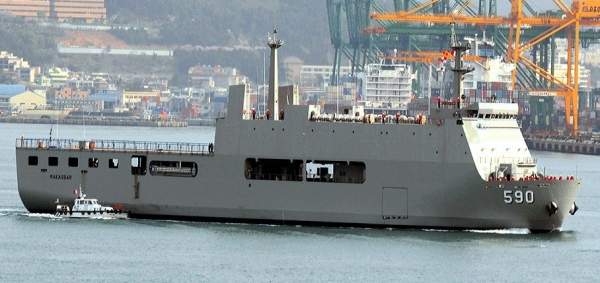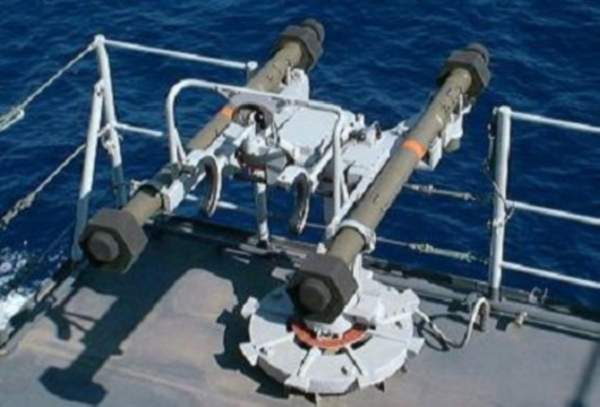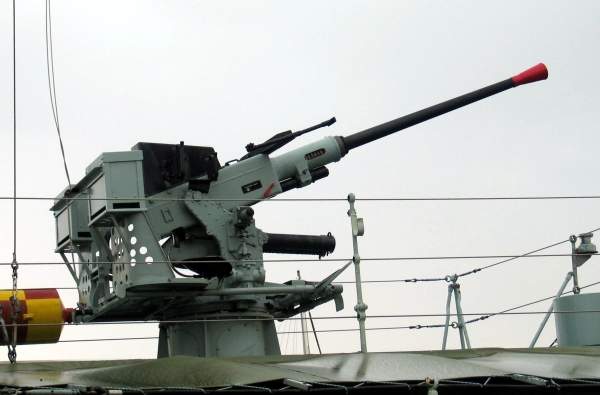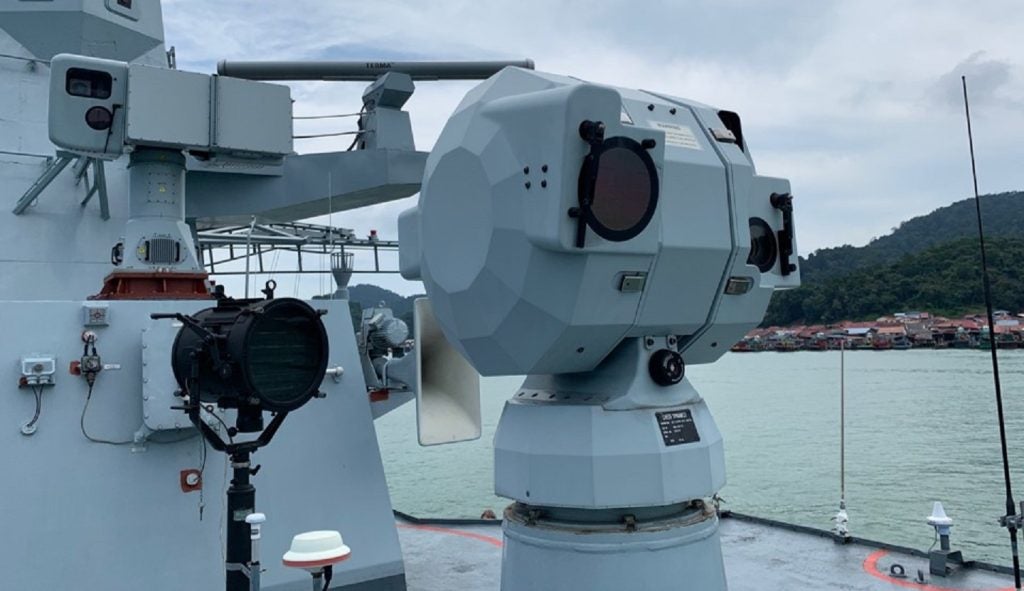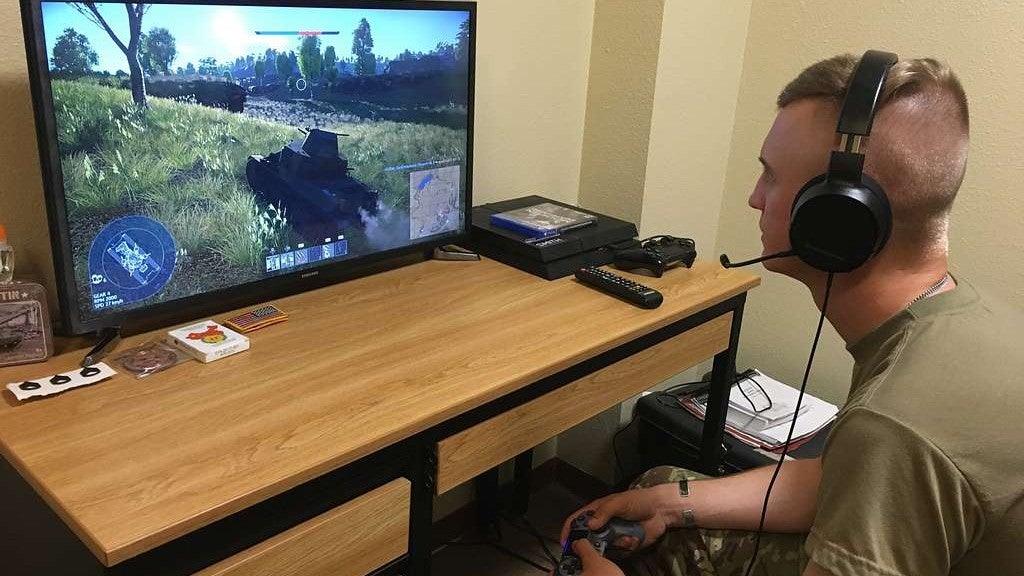The Makassar Class Landing Platform Docks (LPDs) were designed by Daesun Shipbuilding & Engineering for the Indonesian Navy. The first two LPDs were built by Dae Sun Shipbuilding & Engineering, with the remaining two by PT PAL Indonesia.
Indonesia placed a $150m order with the Korean trading company Daewoo International in December 2004 for four warships through the export credit facility. The first two warships under the contract were built in Busan, South Korea, by Dae Sun.
In March 2005, Daewoo placed a shipbuilding contract with PT PAL for the third and fourth units. These ships were built in Indonesia by PT PAL with technical assistance from Daesun.
The first ship in class, KRI Makassar (590), was launched in December 2006 and commissioned in April 2007. The keel for KRI Surabaya (591) was laid in December 2006. The ship was launched in March 2007 and commissioned in August 2007.
The first of the two Indonesian-built ships, KRI Banjarmasin (592), was laid in October 2006. The LPD was launched in August 2008 and commissioned in November 2009. The last ship in class, KRI Banda Aceh (593), was laid in December 2007, launched in March 2010 and commissioned in to the Indonesian Navy in March 2011.
The Makassar Class LPDs are primarily deployed by the amphibious operation forces to transport equipment, cargo and military vehicles. The ships can also be used in humanitarian operations and natural disaster management.
Design and features of the Makassar Class Landing Platform Docks
The first two ships are based on Tanjung Dalpele class LPD. The third and fourth units were converted to add command and control systems, 57mm gun and air defense systems. The modified Indonesian-built warships act as flagships. The design also incorporates semi-stealth technology.
All the LPDs are equipped with combat information systems and communication systems to operate within the group of warships. The ships are armed to protect the landing of embarked troops, combat vehicles and helicopters.
KRI Makassar and KRI Surabaya have a length of 122m, width of 22m and draft of 4.9m. The second two ships are 3m longer than the Korean-built ships. The standard displacement of the Makassar Class is 7,300t.
The LPDs also feature helicopter landing spots and hangar facilities to support the operations of light and medium-sized helicopters such as the Mil Mi-2, Eurocopter Super Puma and Bell 412. The first two ships can carry three helicopters while the third and fourth ships can accommodate five helicopters each.
Cargo capacity of the LPDs
The ship can carry a total of 35 vehicles such as troop carriers, battle tanks and other tactical vehicles. It can support the embarkation of 507 personnel including 126 crew members, 354 troop carrier crew and 27 guests, as well as an officer. The 6.7m deep tank deck and 11.3m truck deck accommodate wide range of vehicles aboard the ship.
The Makassar Class is equipped to carry helicopters. The ship can also house two 23m Landing Craft, Vehicle and Personnel (LCVP) in a small well deck for landing the troops on shore.
Weapon systems and armaments on the Indonesian Navy ships
Makassar is fitted with two MBDA Mistral Simbad launchers for Mistral surface-to-air missile. The Mistral can carry a 2.95kg high explosive warhead to an effective range of 5.3km.
The main gun fitted is a Bofors 40mm cannon or a 100mm main gun. An Oerlikom 20mm cannon is also mounted on ‘B’ position of the ship.
The third and fourth LPDs can be fitted with 57mm guns and weapon control systems to improve their self-defense capabilities.
The Makassar Class is powered by combined diesel and diesel (CODAD) propulsion system integrating two MAN B&W 8L28/32A diesel engines. Each engine rated at 1,960kW drives twin shaft propulsion unit.
The ship is equipped with a bow thruster for better manoeuvrability. The propulsion system provides a maximum speed of 15kt and a range of 10,000nmi. The endurance of each ship is 30 days.
The Global Naval Surface Combatants and Warfare Systems Market 2011-2021
This project forms part of our recent analysis and forecasts of the global naval surface combatants and warfare systems market available from our business information platform Strategic Defence Intelligence. For more information click here or contact us: EMEA: +44 20 7936 6783; Americas: +1 415 439 4914; Asia Pacific: +61 2 9947 9709 or via email.

